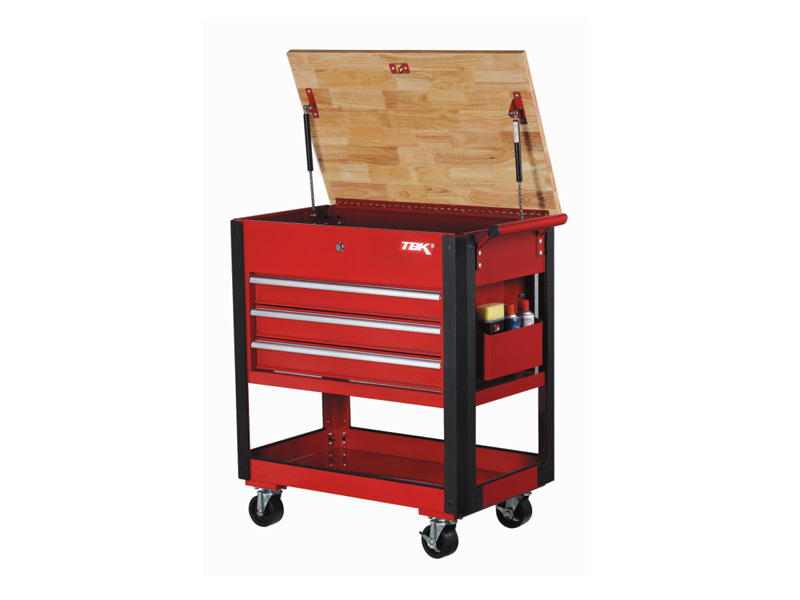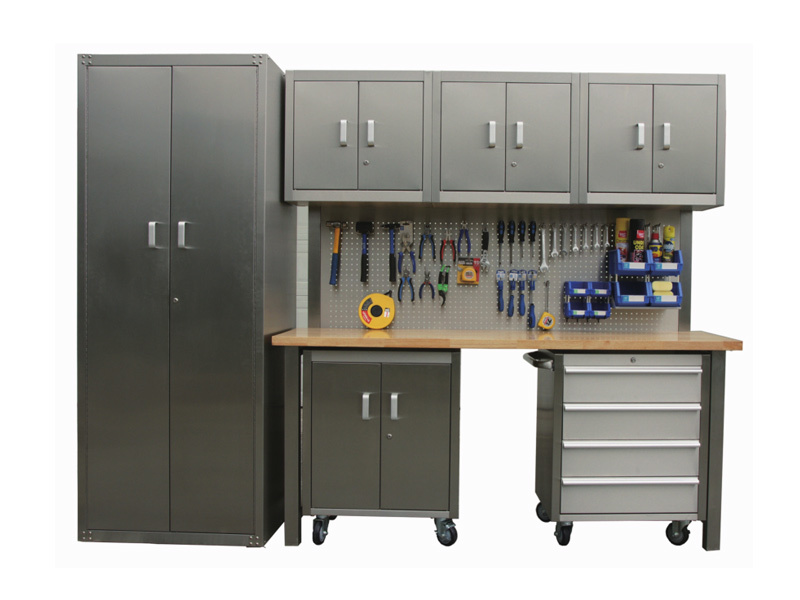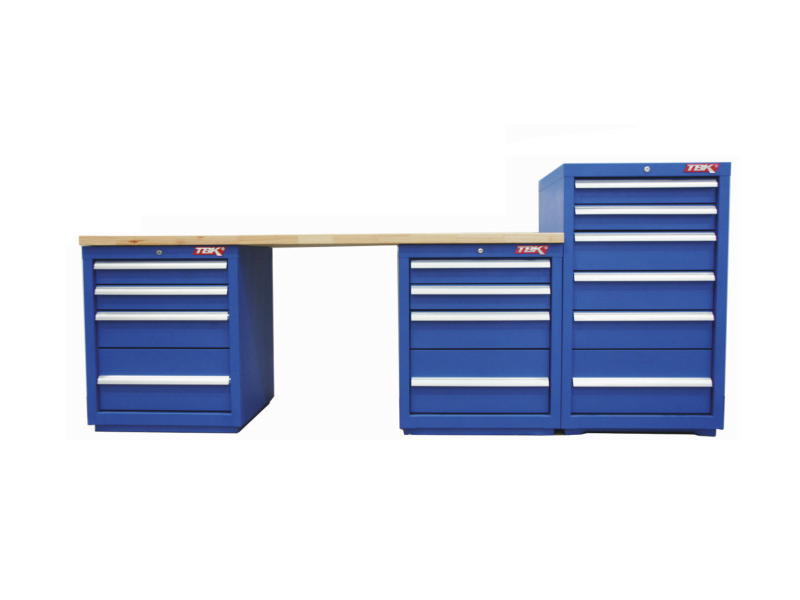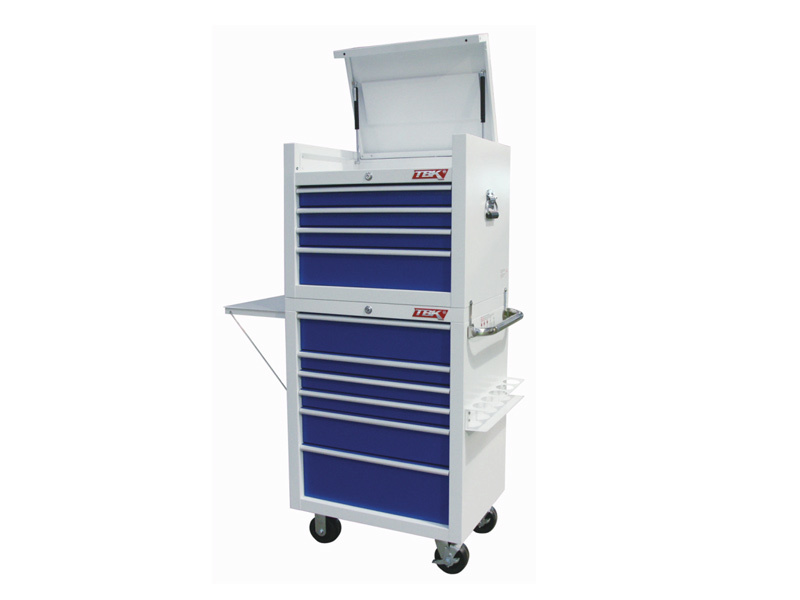Transform Your Workspace: The Ultimate Guide to Tool Tables
Release time:
May 07,2025
Transform Your Workspace: The Ultimate Guide to Tool Tables Table of Contents 1. Introduction to Tool Tables 2. Importance of Tool Tables in Manufacturing 3. Types of Tool Tables 3.1 Fixed Tool Tables 3.2 Adjustable Tool Tables 3.3 Mobile Tool Tables 4. Key Features to Consider 5. Materials Used in Tool Tables 6. Custom

Transform Your Workspace: The Ultimate Guide to Tool Tables
Table of Contents
- 1. Introduction to Tool Tables
- 2. Importance of Tool Tables in Manufacturing
- 3. Types of Tool Tables
- 4. Key Features to Consider
- 5. Materials Used in Tool Tables
- 6. Customization Options for Tool Tables
- 7. Maintenance Tips for Tool Tables
- 8. Conclusion
- 9. Frequently Asked Questions
1. Introduction to Tool Tables
In the realm of manufacturing and machining, **tool tables** serve as vital components that enhance productivity and organization. These tables provide a dedicated workspace for tools, machinery, and materials, ensuring that everything is within arm’s reach. By strategically organizing your tool table, you can significantly improve workflow and reduce time spent searching for necessary equipment.
This guide aims to equip you with comprehensive insights into tool tables—what they are, why they matter, and how to choose the right one for your unique needs.
2. Importance of Tool Tables in Manufacturing
Tool tables are not merely pieces of furniture; they are the backbone of a well-designed workspace. Here’s why they are essential:
2.1 Efficiency and Accessibility
With a well-organized tool table, operators can quickly access tools and materials, minimizing downtime and streamlining processes. This efficiency leads to higher productivity and better output quality.
2.2 Safety
A clutter-free workspace is vital for safety in manufacturing environments. Tool tables help keep tools organized and stored properly, reducing the risk of accidents resulting from misplaced or hazardous equipment.
2.3 Customization for Specific Needs
Different manufacturing processes require different tools. Tool tables can be customized to meet the specific requirements of various operations, making them suitable for diverse applications.
3. Types of Tool Tables
When considering tool tables, it’s important to understand the various types available on the market. Each type has unique features and advantages.
3.1 Fixed Tool Tables
Fixed tool tables are stationary and provide a stable platform for tools and machinery. They are ideal for workshops where space is limited and tools are frequently used in fixed locations.
**Benefits:**
- Stability for heavy tools
- Minimal movement, reducing risk of accidents
3.2 Adjustable Tool Tables
These tables feature height-adjustable platforms, allowing users to modify the working height based on their preferences or the nature of the task. This flexibility is crucial for ergonomics, promoting comfort during extended use.
**Benefits:**
- Ergonomic advantage
- Adaptability for different tasks
3.3 Mobile Tool Tables
Mobile tool tables come equipped with wheels, enabling easy relocation within the workspace. They are perfect for environments where tools need to be shared across different workstations.
**Benefits:**
- Versatile usage
- Efficient space management
4. Key Features to Consider
Choosing the right tool table involves assessing various features that enhance functionality and usability. Here are key features to consider:
4.1 Load Capacity
Select a table that can withstand the weight of your tools and equipment. Always check the specifications to ensure it meets your operational needs.
4.2 Surface Material
The surface material impacts durability and maintenance. Consider options like stainless steel, melamine, or laminate depending on your specific requirements.
4.3 Storage Options
Integrated storage solutions such as drawers, shelves, and pegboards can significantly enhance the organization of tools and materials, promoting a clutter-free workspace.
4.4 Mobility Features
If flexibility is crucial, ensure that the table has lockable wheels for easy movement without sacrificing stability.
5. Materials Used in Tool Tables
The choice of materials for a tool table can greatly influence its performance and longevity. Here are common materials used:
5.1 Wood
Wooden tables offer a traditional aesthetic and can handle moderate weight. However, they may require more maintenance over time.
5.2 Steel
Steel tables are robust and durable, making them ideal for heavy-duty applications. They are resistant to wear and tear, ensuring a long lifespan.
5.3 Composite Materials
Composite materials combine various elements to produce a lightweight yet strong table, often used in settings where portability is essential.
6. Customization Options for Tool Tables
Customization is essential for creating a tool table that meets specific needs. Here are considerations for customization:
6.1 Size and Dimensions
Evaluate your workspace and select a table size that fits without overcrowding. Consider dimensions that allow for optimal movement and access.
6.2 Color and Finish
Choosing a table with a suitable color or finish can enhance your workspace aesthetic and promote a more pleasant working environment.
6.3 Accessories
Consider additional accessories such as lighting, tool organizers, or power strips to further enhance functionality and efficiency.
7. Maintenance Tips for Tool Tables
Proper maintenance extends the lifespan of your tool table and ensures optimal performance. Here are effective maintenance tips:
7.1 Regular Cleaning
Dust and debris can accumulate over time. Regularly clean the surface to maintain a tidy workspace.
7.2 Inspect for Damage
Frequently check for any signs of damage or wear, particularly in areas that bear significant weight. Address any issues promptly to avoid further deterioration.
7.3 Lubricate Moving Parts
If your tool table has adjustable or mobile features, ensure that hinges and wheels are lubricated to facilitate smooth operation.
8. Conclusion
In summary, tool tables are indispensable in any manufacturing or machining environment. They enhance efficiency, promote safety, and can be tailored to meet specific operational needs. By understanding the different types, key features, materials, and maintenance tips, you can transform your workspace into a productive and organized haven for manufacturing excellence.
Investing in the right tool table is essential for maximizing your workspace's potential. With the insights provided in this guide, you are now equipped to make informed decisions that will elevate your production processes and ensure a safer, more efficient work environment.
9. Frequently Asked Questions
9.1 What is a tool table?
A tool table is a dedicated workspace designed to hold tools and equipment, providing organization and accessibility for manufacturing processes.
9.2 How do I choose the right tool table?
Consider factors such as size, load capacity, material, and features that cater to your specific needs and workspace layout.
9.3 Can I customize a tool table?
Yes, many manufacturers offer customization options, allowing you to choose dimensions, materials, colors, and additional features that suit your requirements.
9.4 How often should I maintain my tool table?
Regular maintenance is recommended, including cleaning and inspecting for damage. Ensure that moving parts are lubricated as needed.
9.5 Are mobile tool tables worth it?
Mobile tool tables provide flexibility and convenience, making them ideal for shared workspaces or environments where tools need to be relocated frequently.
Incorporating a well-designed tool table can significantly enhance your workspace and overall productivity. Embrace the potential of your workspace and make the necessary changes today!
More information





